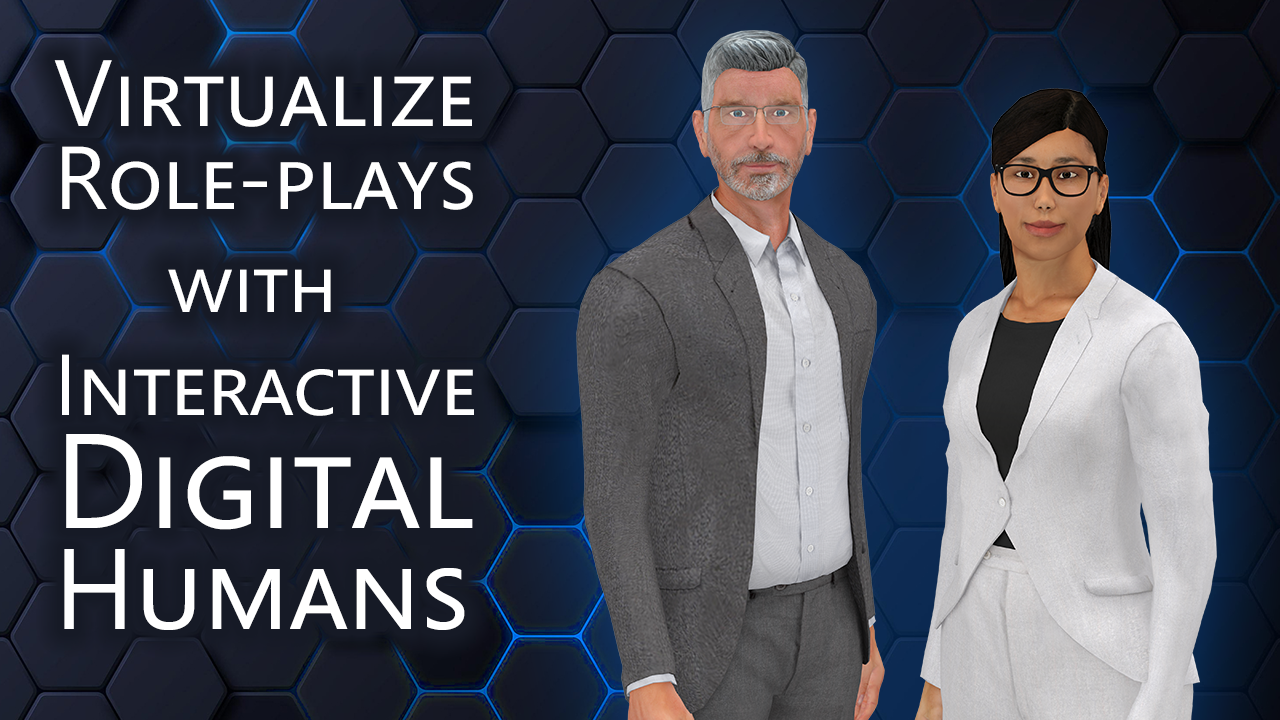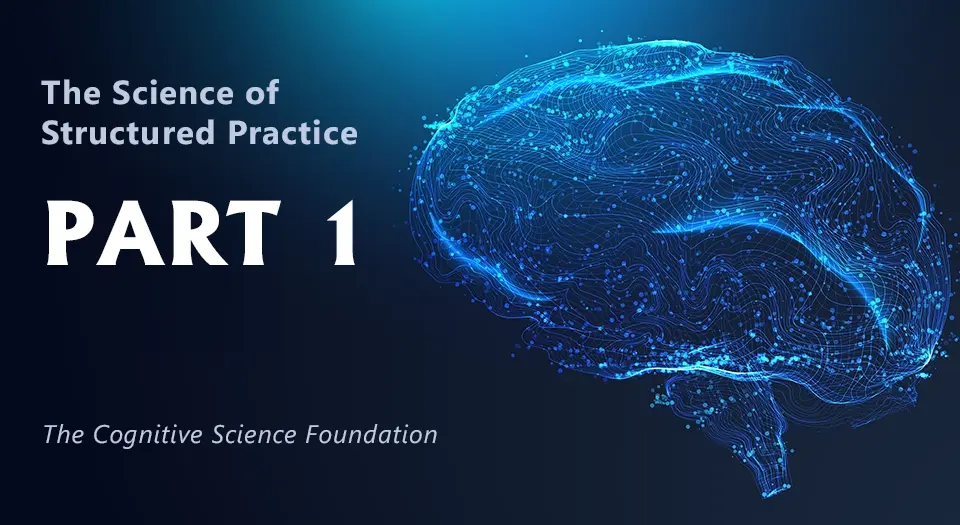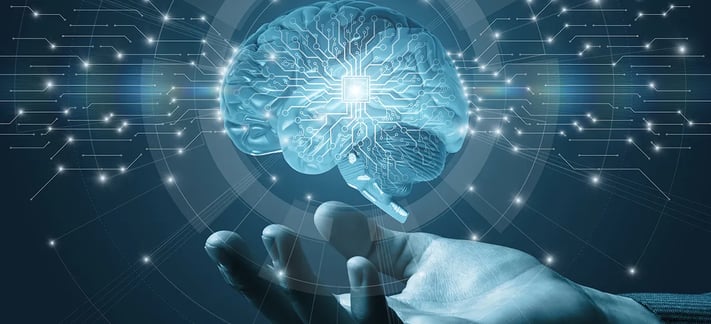
Join us to explore a new framework of mental model-driven educational design that will improve outcomes within any program, and optimize educational investments.
What are mental models and why should we care?
Mental models help us organize information and make sense of the world. They are used to understand complex systems, recognize patterns, and make decisions. These models are dynamic and largely hidden within our minds.
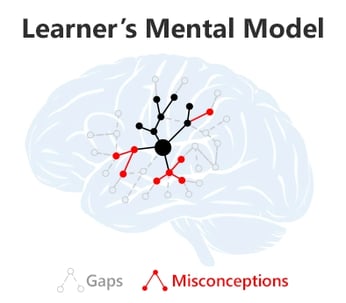 When learners receive new information, they compare it to their existing mental model. If their mental model does not agree with some of the new evidence, it leads to cognitive dissonance, that can give rise to resistance, disbelief, and misunderstanding. If the new information is not contradictory, but simply very different from the learner’s model, there may not be a path to assimilate the new information. The result of either case is the same: no change in behavior.
When learners receive new information, they compare it to their existing mental model. If their mental model does not agree with some of the new evidence, it leads to cognitive dissonance, that can give rise to resistance, disbelief, and misunderstanding. If the new information is not contradictory, but simply very different from the learner’s model, there may not be a path to assimilate the new information. The result of either case is the same: no change in behavior.
So, how do we overcome this?
Mental Model Driven Educational Design
Most educational programs, including Continuing Medical Education, are built from sound learning objectives defined by identified learning gaps in the target learners. While some of the gaps are knowledge gaps, such as a lack of awareness of new strategies, the most transformative gaps usually involve how to apply that knowledge in real situations. This is where a mental model-driven educational design is impactful and highly effective.
When Does Just Telling Them Work, and Why?
Mental model driven educational design works best as an active learning tool. But sometimes, passive education is sufficient. When new evidence fits into a learner’s mental model in an incremental way, just telling them the new information can be enough. For example, if new clinical evidence does not pose an issue with patient history, test results, comorbidities etc., then telling them is sufficient. However, often new clinical decision-making evidence is more complex and does not fall into this category. In such cases, using a didactic expert alone is a waste of investment, and active educational tools such as the Mental Model Learning FrameworkTM are needed.
4 Steps to Apply the Mental Model Learning Framework
1) Identify the Learner’s Mental Models
I know what you’re thinking: “What! How would I know that?” Don’t fret. You know more than you think. For the given topic, you evaluated the gaps between what learners are doing now and what they should be doing. That gap holistically shows the difference between their current mental model and where they need to go. If you construct your analysis correctly (or ask subject experts), you’ll also have more data on decision-making and not simply knowledge gaps (which aren’t the real issue here). What you may not know is why… but we’ll get to that.
2) Start from Their Perspective (Their Mental Model), Not Yours
This is a huge paradigm shift. Most designs try to convey how experts think, the expert’s mental model. They treat applying knowledge in a situation like a knowledge gap. In other words, they tell learners what they should know (from an expert’s point of view), then give them an example test to apply what they’ve learned. Even if learners get it right, it doesn’t mean they believe it or act on it. Why? Because if the new strategy doesn’t agree or fit with their mental model, it won’t build on their model, and there won’t be any better outcomes!

There is a better way. Your learners are trained professionals who know what they’re doing (for the most part). So, treat them that way. Put them in authentic situations where there are gaps and let them make decisions. They will attempt to apply the new information based on their existing mental model. When they fail, they’ll get feedback so they can tweak their mental model. This framework, as illustrated below, transforms the learner’s mental model, which leads to improved decision-making capabilities.
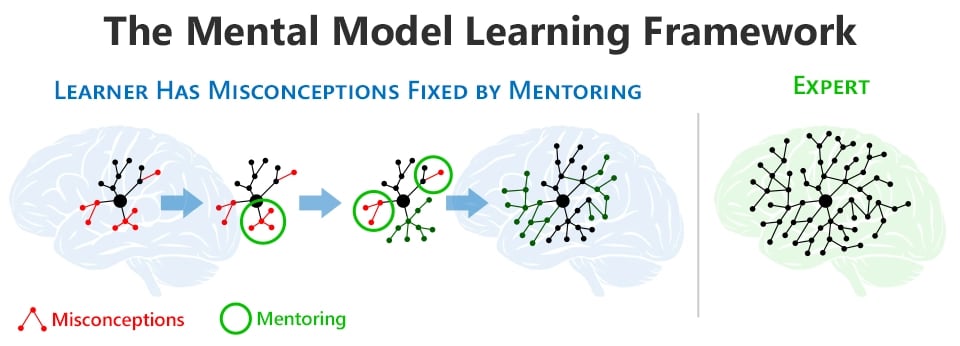
How is this personal to everyone’s own mental model? Each learner obviously has a different mental model. Therefore, each will make different suboptimal decisions based on their personal mental model. Each learner will then receive feedback that is personalized to their own understanding, their mental model.
3) Provide Dynamic Just-in-Time Feedback
This is the most critical step to significant changes in performance. When learners are making decisions, they are immersed in their own mental model. So, when they do not respond optimally, this is the time to mentor them! Corrective mentoring within the context of where they are in their decision-making allows them to see why their model is flawed and how they can adjust it. Waiting until the end to show how they did, like many interactive case studies and simulations do, is too late; the context is gone.
Why Does This 4 Step Framework Work So Well?
Think about the fastest way to learn a new skill. What is it? We’d all like to have a mentor right there with us, putting us in situations, and correcting our flawed mental model in real-time. Right? Since it’s not cost-effective to personally mentor every learner in most situations, we can use digital education programs to emulate this experience as closely as possible with dynamic mentoring, based on what experts would say.
4) Measure Decision Making
Finally, we want to measure decision-making. The Mental Model Learning Framework doesn’t tell the learner what to think, and then, test to see if they remembered. Instead, it lets them learn to expand their own mental model through decision-making in a safe environment with corrective mentoring. The beauty of this framework is that we capture the evolution of the learners’ mental model in real-time. We can see where they struggle and provide insight into why they haven’t adopted a new strategy. This provides robust insights into performance gaps to focus on in future programs to optimize the investment.
The Mental Model Learning Framework in Action
At Syandus, we have honed this framework over the years, as part of our research for several National Science Foundation awards on applying immersive learning technology. Our goal was to encapsulate the proven one-on-one mentored experience within our AliveSim platform using learning methodologies designed specifically for skill development.
Results. We have been able to show physicians improving their decision-making within a module. This is reinforced by vignette-style pre-posttest results that show a relative average gain of 172%. Furthermore, we have been able to demonstrate a 2.5-fold increase in physicians electing to choose a new therapy over existing ones in later scenarios as they learned the benefits and how to use them in different scenarios.
Final Thoughts
The Mental Model Learning Framework provides a new way to improve the efficacy of education investments to bridge skill gaps in medicine and corporate training. It’s unique in its emphasis on mental models as a design framework for learning and its focus on dynamic, personalized feedback to help learners refine their mental models. During this process, we can also capture the evolution of a learner’s mental model in real-time that provides valuable feedback on their existing decision making that can inform future educational interventions.
About Syandus: Virtual immersive learning technology that transforms knowledge into real-world performance. We immerse participants in realistic virtual situations with one-on-one expert coaching that gives them experience making optimal decisions. Syandus Learning Modules combine cognitive science principles, the realism of game technology, and our customer’s proprietary content, to deliver rapid skill acquisition. Modules are cloud-based for easy deployment, fully trackable with embedded analytics, and can be used on any web-enabled device.


